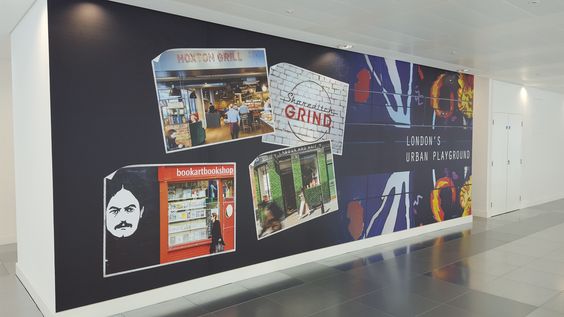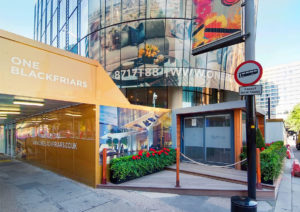Signage design plays a crucial role in communicating messages, attracting attention, and enhancing brand identity. From the vibrant billboards that dominate city skylines to the subtle and elegant signs adorning storefronts, effective signage design has the power to captivate and engage audiences. This blog post will explore how it can leave a lasting impression on customers.
Key steps for an effective signage design
Captivating visuals:
The first step involves designing a visually appealing display. You must choose the colour, typography, and graphics carefully to align with the brand’s identity and message. Colours can evoke emotions and create a sense of urgency or calmness. Typography should be legible yet distinctive to grab attention and convey the desired tone. Incorporating relevant graphics or imagery can enhance the overall visual appeal and aid in conveying the intended message.
Clear and concise messaging:
Signs are often viewed fleetingly, so conveying the intended message quickly and effectively is essential. A concise and straightforward message will help capture the attention of passersby and leave a lasting impression. Short phrases, bullet points, or icons can help communicate information efficiently. The key is to prioritise the most critical information and eliminate unnecessary words.
Strategic placement:
Strategic placement of signage is vital for maximising its impact. Understanding the target audience and their behaviours will guide the placement decisions. Whether it’s placing signs in high-traffic areas, near point-of-sale locations, or at eye level, the goal is to ensure that the signs are easily visible and accessible. Consideration should also be given to the surrounding environment to ensure the sign stands out and commands attention.
Consistency and branding:
Signage serves as a reflection of a brand’s identity. Consistency in design elements – such as colour schemes, typography, and imagery, across all signage – helps reinforce brand recognition and recall. Creating a cohesive visual language through consistent branding establishes a strong connection between the sign and the brand, making it easier for customers to identify and remember.
Adaptability and innovation:
Signage design is not a one-size-fits-all approach. It is essential to adapt to different environments and target demographics. Outdoor signs may require weather-resistant materials, while indoor signs can focus more on aesthetics. Additionally, staying updated with emerging design trends and innovative techniques can help signage stand out from the crowd. Interactive elements, dynamic lighting, or digital displays can create a memorable experience and uniquely engage viewers.
Signage design is a powerful tool for businesses to communicate their messages effectively. Reade Signs offers excellent design services for a variety of signage. Call us today to discuss your requirements.

































